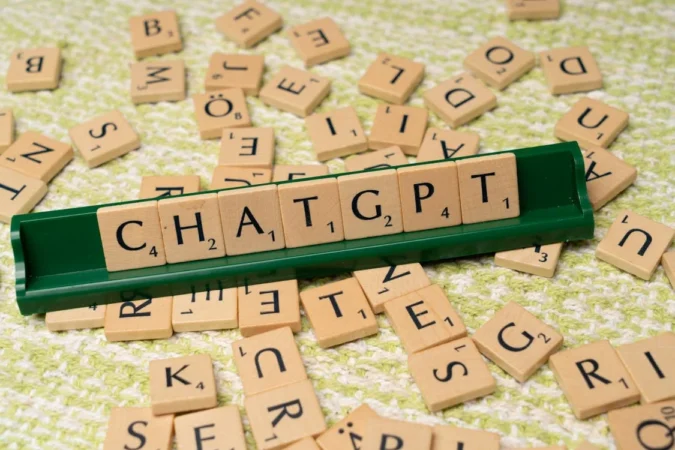Artificial Intelligence (AI) has become a common tool in many areas. It can help with writing, analyzing, and more. Whether in education, business, or entertainment, AI tools have proven to be invaluable resources. They assist with everything from writing and content creation to data analysis and decision-making. AI’s ability to process vast amounts of information and generate text or insights quickly has made it a go-to solution for many tasks that once required human effort.
As AI continues to advance, producing content that closely mimics human creativity and thought, a pressing question has emerged: How can we tell if a piece of content was created by a human or generated by an AI tool? This question isn’t just academic; it has real-world implications for education, journalism, marketing, and even personal communication. People want to trust the content they consume, knowing that it comes from a genuine human source.
This growing concern has led to the development of AI detector tools, designed to analyze text and determine its origin. Zero GPT is one of the most used AI detector tools available today. But how reliable are these tools, and can they truly distinguish between human-created and AI-generated content?
What Are AI Detector Tools?
These tools compare the patterns and styles in the text to known AI-generated content. If the text matches certain patterns, the tool flags it as likely created by artificial intelligence.
Many organizations use AI detectors to ensure the authenticity of content. Educational institutions use them to check if students submit original work. Companies might use them to ensure their marketing content has a human touch. But how accurate are these tools?
The Accuracy of AI Detectors
Can these tools always tell if a bot created the content? The truth is, they often struggle. AI-generated content is becoming more sophisticated. Tools like GPT-4 produce text that mimics human writing styles closely.
These detector tools rely on algorithms to spot patterns unique to artificial intelligence. But as AI evolves, so do the patterns. What worked to detect generated text a year ago might not work today. The rapid advancement of AI makes it challenging for detectors to keep up. Sometimes, these tools may flag human-written content as generated. This creates confusion and mistrust.
False Positives and Negatives
These are significant issues for these detectors. A false positive occurs when a tool flags human-written content as AI-generated. A false negative happens when AI-generated content passes as human-written. Both scenarios are problematic.
False positives can damage reputations. Imagine a student’s original essay being flagged as generated. This could lead to unfair consequences. On the other hand, false negatives allow AI-generated content to slip through undetected.
The Role of Context in Detection
AI detectors often analyze text in isolation. They do not consider the context in which the text was created. For example, a piece of content might be written in a formal tone because it is an academic paper. An AI detector might flag this as AI-generated because of the structured language. But this would be a mistake.
Understanding the purpose and context of content is something AI detectors struggle with. They focus on the text itself without considering why and how it was created. This limitation is a major reason why these tools are not always accurate.
The Limitations of AI Detectors
AI detectors have limitations that cannot be ignored. One major limitation is their dependency on training data. These tools are trained on existing datasets of artificial intelligence generated and human-written content. But what happens when new AI models emerge that produce text in different ways? The detector might not recognize the new patterns, leading to inaccuracies.
Another limitation is the inherent bias in these detectors. The algorithms behind these tools are created by humans. This means that any biases present in the training data can influence the results. For instance, AI-generated content that resembles a specific writing style might be flagged more often.
Trust and Transparency in AI Detection
Trust is a significant issue when using AI detectors. Users need to trust that these tools provide accurate results. But with the possibility of false positives and false negatives, trust can be hard to maintain. Transparency is crucial in this context.
These detector tools should provide clear explanations of how they arrive at their conclusions. Users need to understand the factors that lead to a piece of content being flagged. Without transparency, the results of AI detectors can seem arbitrary. This can lead to a lack of confidence in the tool’s accuracy.
Ethical Considerations

The use of AI detectors raises ethical questions. Is it fair to rely solely on these tools to judge the authenticity of content? What about the potential for misuse? For example, what happens if someone uses an AI detector to falsely accuse a writer of using AI?
There is also the issue of privacy. AI detectors often require users to upload content for analysis. This raises concerns about how that content is stored and used. Could it be used to improve the detector’s algorithms without the user’s consent? These are important questions that need answers.
Final Thoughts
AI detector tools help ensure the authenticity of content in a world where artificial intelligence is increasingly present. But their limitations and accuracy issues mean that they are not foolproof. Users should approach these tools with caution. They can be helpful, but they should not be the sole basis for determining whether content is AI-generated or not.
As artificial intelligence continues to evolve, so will the need for reliable detection methods. But until these detectors can provide consistent and accurate results, the question of whether your work is bot or not will remain open. Always consider the context, and never rely on a single tool to make a final judgment. The human element in content creation is still irreplaceable!

